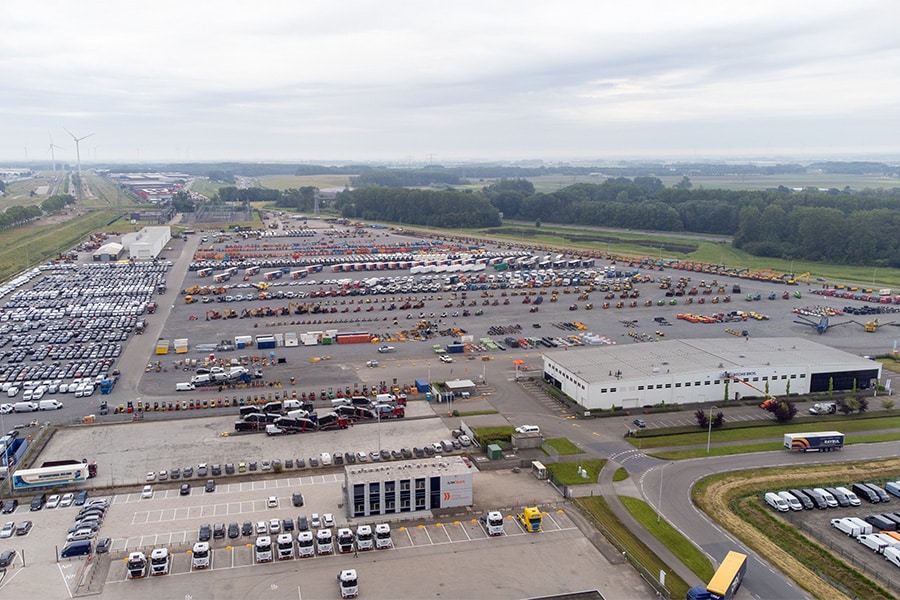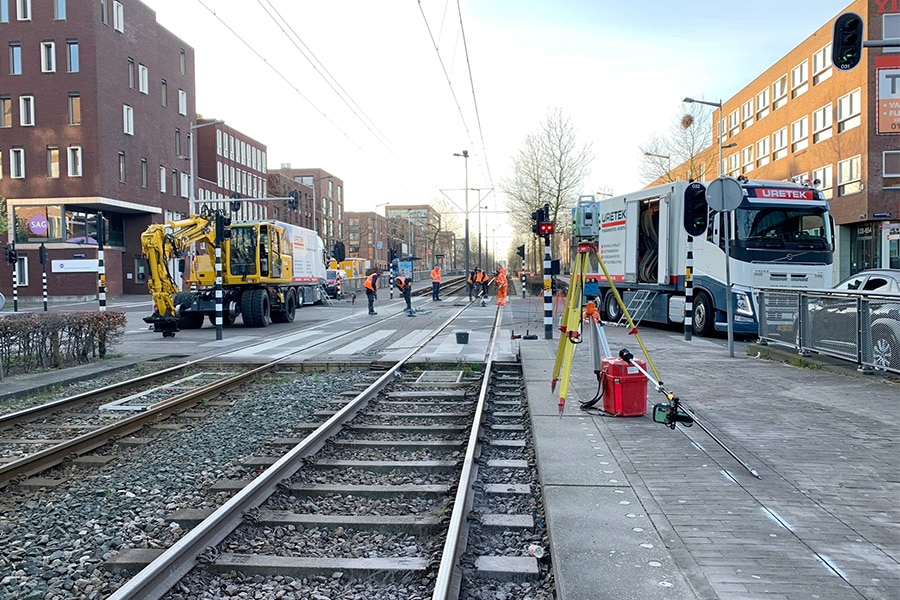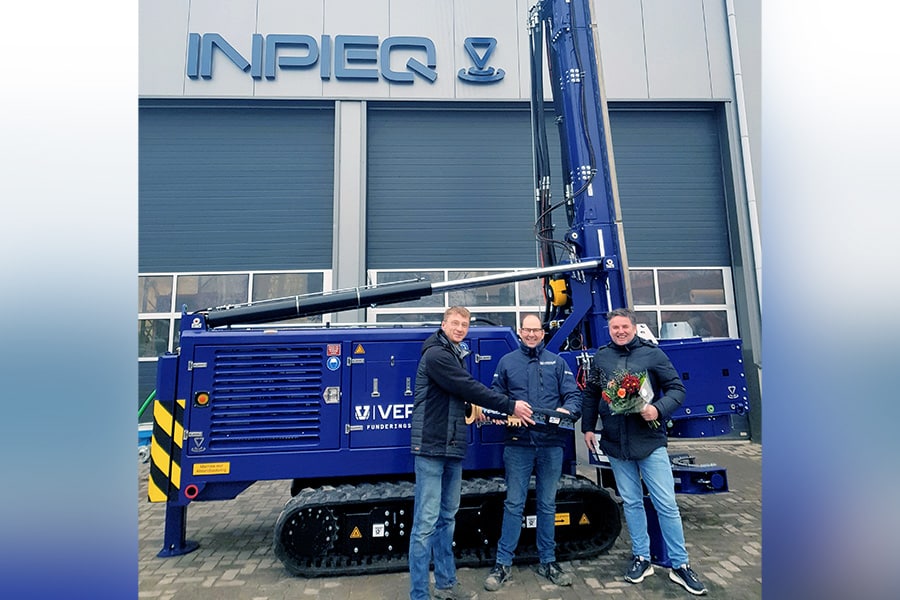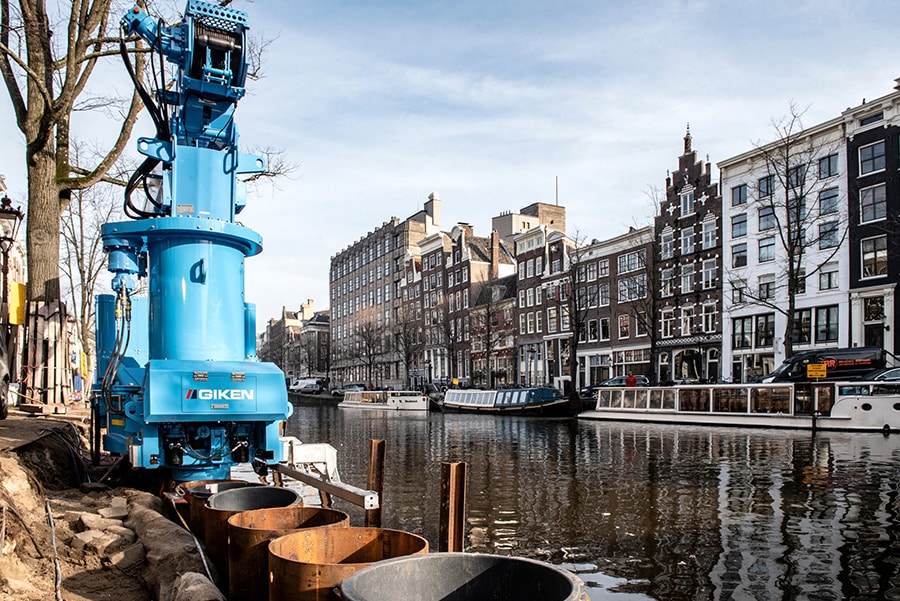
Renovation Afsluitdijk | Safe working within suspected area
A sea mine, a 3.7-inch brisant grenade and remnants of a fire bomb. These are some of the first "proceeds" of the detection for unexploded explosives around the Afsluitdijk. In fact, part of it has been designated a suspected area with possible World War II remnants on both the land and water bottom. In order to safely carry out the reinforcement of the Afsluitdijk, Bodac Explosives Detection will be carried out by construction consortium Levvel, consisting of BAM, Van Oord & Rebel, enabled on demand.
Here and there in the Dutch land and water bottom there are still some unexploded explosives from World War II. So too around the Afsluitdijk, where work is underway on the floodgates at Den Oever and Kornwerderzand, among other places. "In the run-up to the large-scale reinforcement of the Afsluitdijk, Levvel's client, Rijkswaterstaat, had extensive preliminary research carried out for the presence of unexploded explosives," says Marc van Oers of Bodac Explosives Detection. "Places where the presence of unexploded explosives could not be excluded were designated as suspect areas. Construction consortium Levvel then issued a call for tenders in the market. The consortium was looking for a party that could determine and implement management measures so that they could work safely within these suspected areas. We came out as the most favorable."
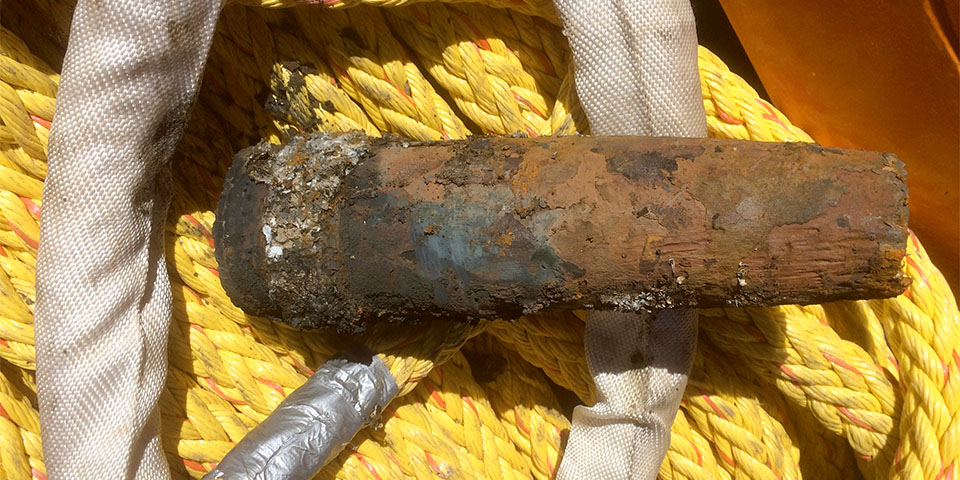
The photo shows a Brisant grenade, one of the finds.
Based on the preliminary investigation, Levvel mapped the quantities and nature of the explosives for each location. "These are mainly German artillery and ordnance, as well as British and Dutch artillery ammunition," Van Oers knows. "The Afsluitdijk is a very vast area. Per area is indicated where possibly what could lie. Important for us to determine management measures on that. The British and Germans used different types of detonators with different sensitivity. Moreover, over the years the detonators may have become more sensitive. By the way, the technology of those years was already very good. The munitions found may look black and rusty on the outside, the insides often still shine like new."
Bodac has international experience in detecting conventional explosives, both on land and underwater. "At the Afsluitdijk, a combination of expertise is required," says Van Oers. "Both the land and waterbeds may contain unexploded explosives. We participate in Levvel's planning and are called in as soon as work is to be carried out in a suspected area. At the moment this concerns, for example, the construction of the floodgates at Den Oever and Kornwerderzand. Based on the expected munitions, we deploy calibrated detection equipment. We detect, approach and secure unexploded explosives. Then we transfer it to the Explosives Clearing Service of Defense, which destroys it. Because we have our own equipment, our own diving equipment and excavators from 6 to 45 tons (with or without long boom), we can move quickly and respond to Levvel's schedule. For reassurance, the sites where unexploded explosives are suspected or found are not accessible to people until work needs to be done at that site. It's all preventive, the Afsluitdijk itself is safe and always has been.""
